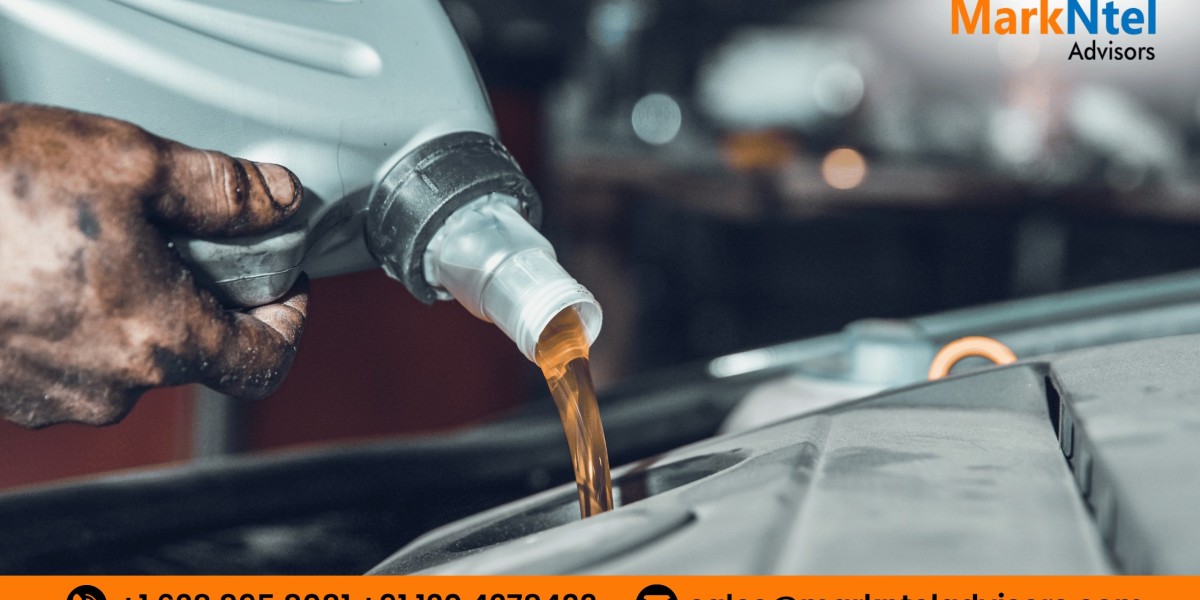The following is a brief introduction to the topic:
Horses have been a part of our lives for hundreds of years, as loyal friends, transport, and sports partners. Horses can also experience pain due to injuries, medical conditions or the daily wear and tear. It is important to provide adequate pain relief for horses, not only as a matter of ethical responsibility, but also for their health and wellbeing. This comprehensive guide will examine the different aspects of pain relief in horses. We will discuss the different types of pain that they can experience, the common causes of their pain, as well as the treatments and therapies that are available to relieve their suffering.
Understanding Pain in Horses
Understanding the pain of horses is essential to providing effective pain relief. Like humans, horses experience acute and chronic pain.
Acute Pain - Acute pain can be caused by sudden trauma, injury, or surgery. This type of pain usually lasts a short time and is a signal that something is wrong. Acute pain is intense and distressing. It can cause a horse's obvious signs of discomfort such as lameness or swelling.
Chronic Pain: Chronic, or persistent, pain can be caused by a variety of conditions such as laminitis, osteoarthritis, or long-term injury. It can be difficult to diagnose chronic pain, because it does not always present itself as clearly as acute. Horses with chronic pain can show subtle signs such as altered behavior, abnormal gait, and weight loss.
Horses with Pain: Common causes
Horses can experience pain for many reasons, from injuries to medical conditions. It is important to identify these possible sources of discomfort in order to accurately diagnose and develop effective pain relief strategies.
Horses are susceptible to musculoskeletal injury, including sprains and strains. They can also suffer fractures. These injuries may be caused by accidents, excessive exertion, or repeated stress to their joints and limbs.
Laminitis - Laminitis affects the horses' hooves and can be painful. It can be caused by excessive consumption of grass rich in nutrients, obesity or systemic illnesses.
Osteoarthritis - Osteoarthritis (also known as "arthritis") can affect horses the same as it can humans. It can cause inflammation and degeneration in the joints causing pain and stiffness.
Dental Issues: Horses with dental problems such as sharp teeth, cracked or infected gums, may experience severe pain while eating or carrying a bit.
Colic: Colic refers to abdominal pain in horses. It can be due to a variety of factors including digestive problems, gas accumulation, and gastrointestinal obstructions.
Hoof problems: Abscesses, thrush and navicular disease can cause pain and lameness.
Back Pain: A poor saddle fit, improper riding techniques or underlying problems in the horse's spinal column can cause back pain.
Internal Disorders: Horses can suffer from conditions such as gastric ulcers and kidney disease.
Horses with Pain: Alternatives to Pain Relief
Pain relief is primarily intended to relieve horses' suffering, improve the quality of their lives, and assist in their recovery. Pain management in horses can take on many forms, depending on its severity and the cause.
Non-steroidal anti-inflammatory drugs (NSAIDs). NSAIDs can be used to treat pain and inflammation. The use of medications like flunixin-meglumine (Banamine), phenylbutazone, (Bute), and phenylbutazone, (Bute), can reduce pain caused by musculoskeletal injury, arthritis, or colic.
Opioids are sometimes used to treat severe acute pain such as pain after surgery. These drugs can be powerful pain relievers, but they should only be used under strict veterinary supervision because of the possibility for abuse and side effects.
Local Anesthesia: These can be used to block pain in certain areas of the horse. They are used for minor surgery or diagnostic purposes.
Physical Therapy and Rehabilitation techniques can help horses recover after injuries and manage chronic discomfort. Massage, hydrotherapy and therapeutic exercises are all methods that can help improve joint mobility and muscle tone.
Chiropractic Care: Chiropractic adjustments are beneficial to horses who have musculoskeletal problems, since they realign the spine. They also help relieve discomfort.
Acupuncture can be used as an alternative treatment to help manage chronic pain in horses and promote their overall health.
Regenerative Medicine: Platelet-rich Plasma (PRP) and stem cell therapy have been shown to be effective in promoting tissue healing and reducing pain for horses suffering from osteoarthritis or injuries.
Nutraceuticals can help treat chronic conditions such as osteoarthritis. Equine supplements include glucosamine chondroitin and hyaluronic acids.
Corrective Shoeing - For horses suffering from lameness or hoof problems, a farrier who is skilled in corrective shoeing can relieve pain and improve the horse's gait.
Dietary adjustments: If you are experiencing pain due to digestive issues, making dietary changes, such as changing your feed or feeding methods, may help relieve the discomfort.
Behavioral Management : Behavioral interventions such as stress reduction and environmental enrichment can be beneficial for horses suffering from chronic pain. This is especially true if the pain has a link to anxiety or stress.
The management of pain in horses must always be done under the supervision of a veterinarian. The treatment chosen will depend on the diagnosis, the horse’s health overall, and the owner’s goals.
Pain Management: Preventive measures
Preventive measures are equally important to reduce the risk of injury and pain in horses. These include:
Regular Veterinary care: Check-ups, preventive care and regular check-ups can help identify potential problems before they become more serious.
Proper Nutrition: By providing horses with a diet that is balanced and meets their nutritional requirements, you can prevent obesity and laminitis.
Horses should be given regular and appropriate exercise to maintain their health.
Shelter from Extreme Weather Conditions: It is important to provide shelter in extreme weather conditions to avoid discomfort and health problems.
Routine dental care: Regular dental examinations and maintenance will help to prevent dental problems.
Proper Hoof care: Regular trimming, shoeing and maintaining clean, dry living conditions can help prevent hoof issues.
The right equipment and saddles can help prevent muscle and back pain.
Legal and Ethical Issues
Many countries have legal and ethical obligations for the care of animals and their pain relief, including horses. Failure to provide adequate care and pain relief can have legal consequences, and negatively impact the reputation of a horse owner. Equine professionals such as veterinarians, trainers and riders have a duty to provide pain management for horses in their care.
The conclusion of the article is:
The management of pain in horses is an important part of responsible horse ownership and equine care. Understanding the different types of pain that horses can experience, as well as the causes and various options for pain relief, is crucial to ensuring their wellbeing. Horse owners and caregivers can work with veterinarians on comprehensive pain management plans to prioritize their companions' comfort and health, whether it is acute pain from an injury or chronic pain caused by conditions such as osteoarthritis. Preventive measures are also important to minimize the possibility of injury and pain. This will create a comfortable and safe environment for horses.
Credits: FifthPlanet & UsMedsPharma








